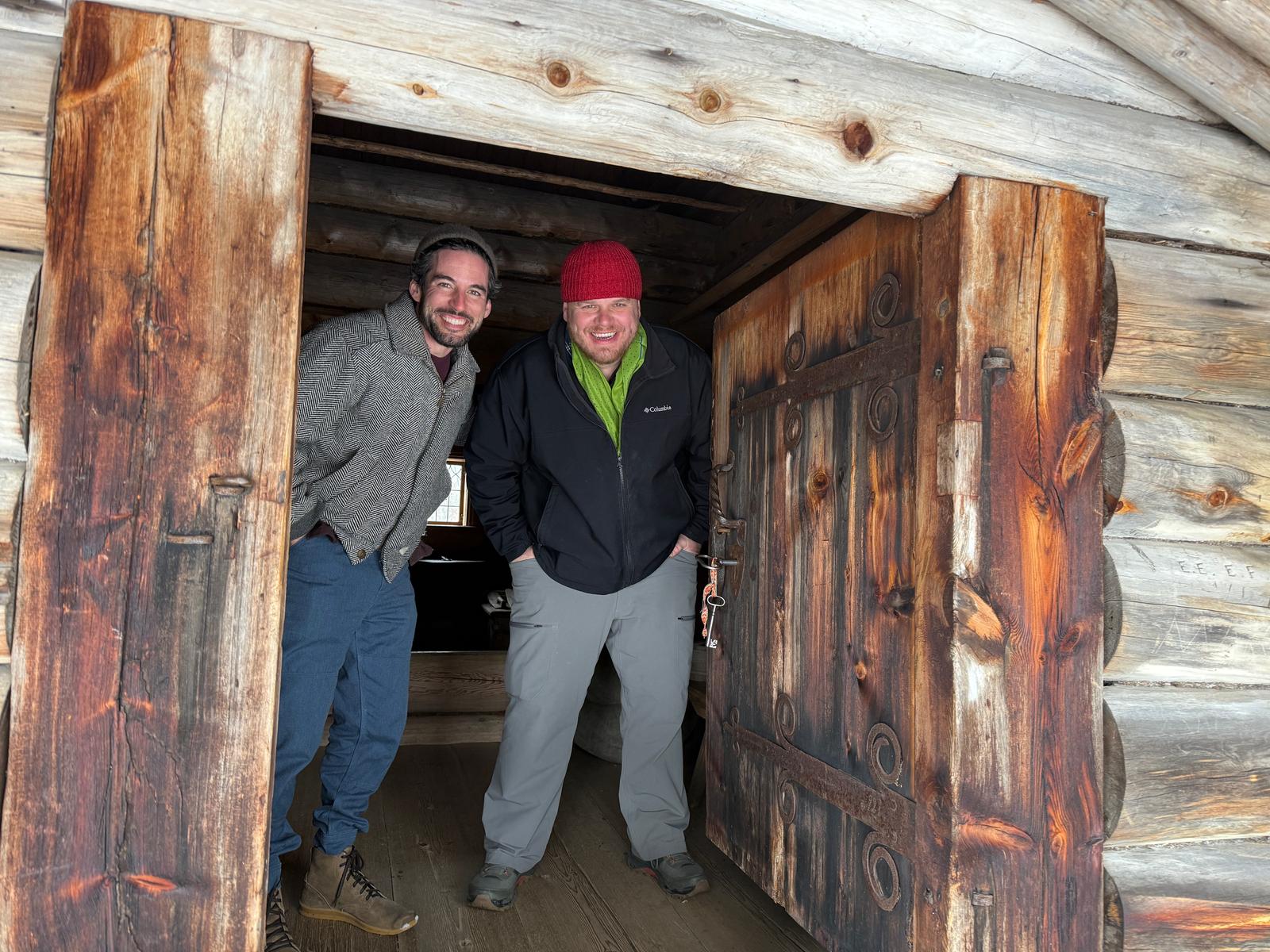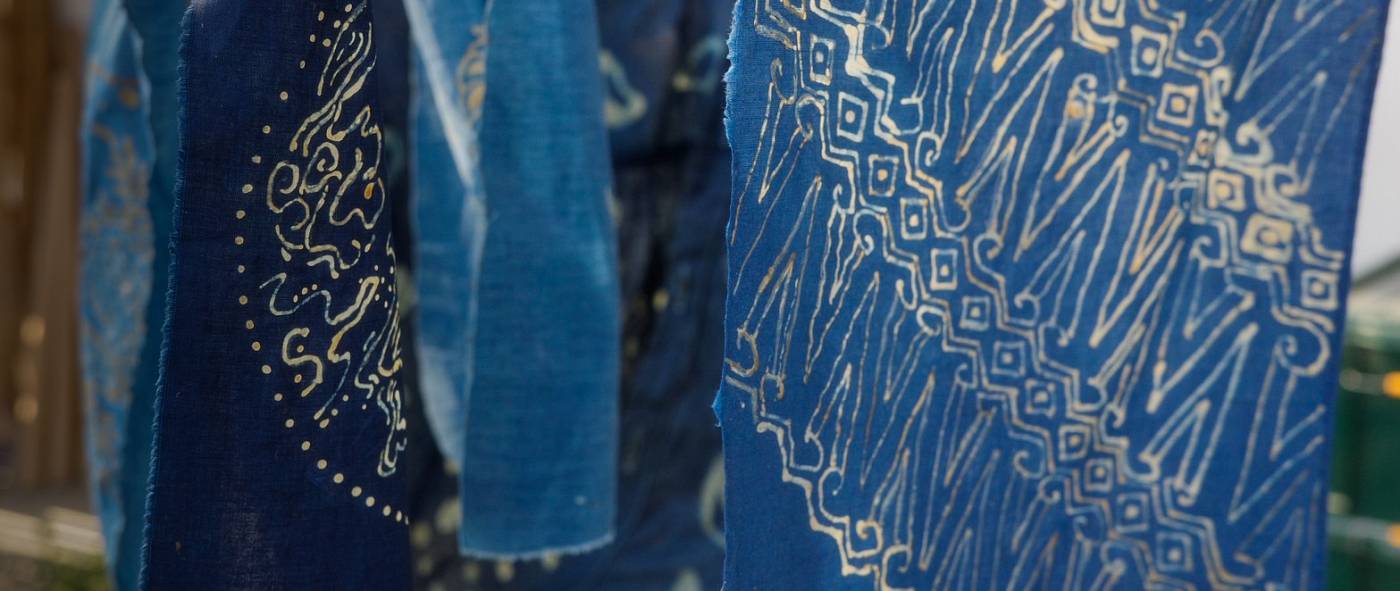
Vernacular Habitation of Dalarna
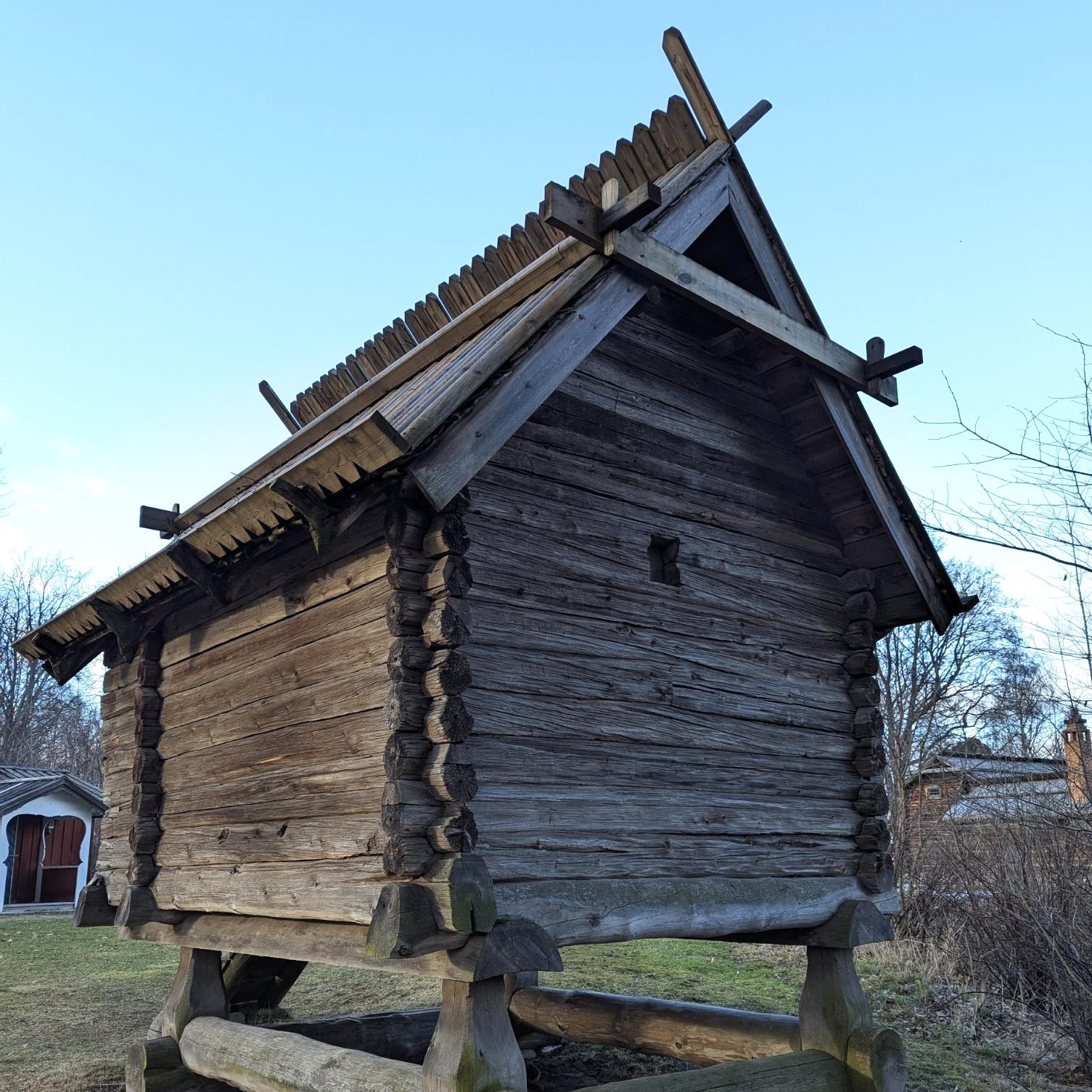
Like a dialect, houses in rural Sweden bear distinct differences that reflect the way of life in that village. Resident Artisan Ty Sheaffer shares about traditional homes in Dalarna and the stories told by their construction.
One of the things that struck me while traveling through the Dalarna region of Sweden was the village identity still retained by each little town. Even the tiniest huddle of houses has a traditional ‘folk dress’ that is distinct and uniquely different from the neighboring village. Many of the villages are famous for the specific items they produced, such as spinning wheels, millstones, or pine baskets, made by farmers during the long winters when the potato and rye fields were blanketed in snow. Many of the towns have at least a few people still keeping these crafts alive. At the Dalarna museum archives, a huge warehouse building full of amazing material culture from the region, I saw rows and rows of chairs on shelves, and was told that historians can often accurately identify from which village a chair originates from its painting style.
Villages are also known for their communal proclivities and little customs. My favorite was hearing the friendly, gossipy detail about a village we were driving past that eats supper at 5pm, which is way too early…
Amazingly, even small villages and towns often have a dialect of their own. It’s wonderful. I was moved to see a heavy-looking volume that contained the dialect words from a small town I visited.
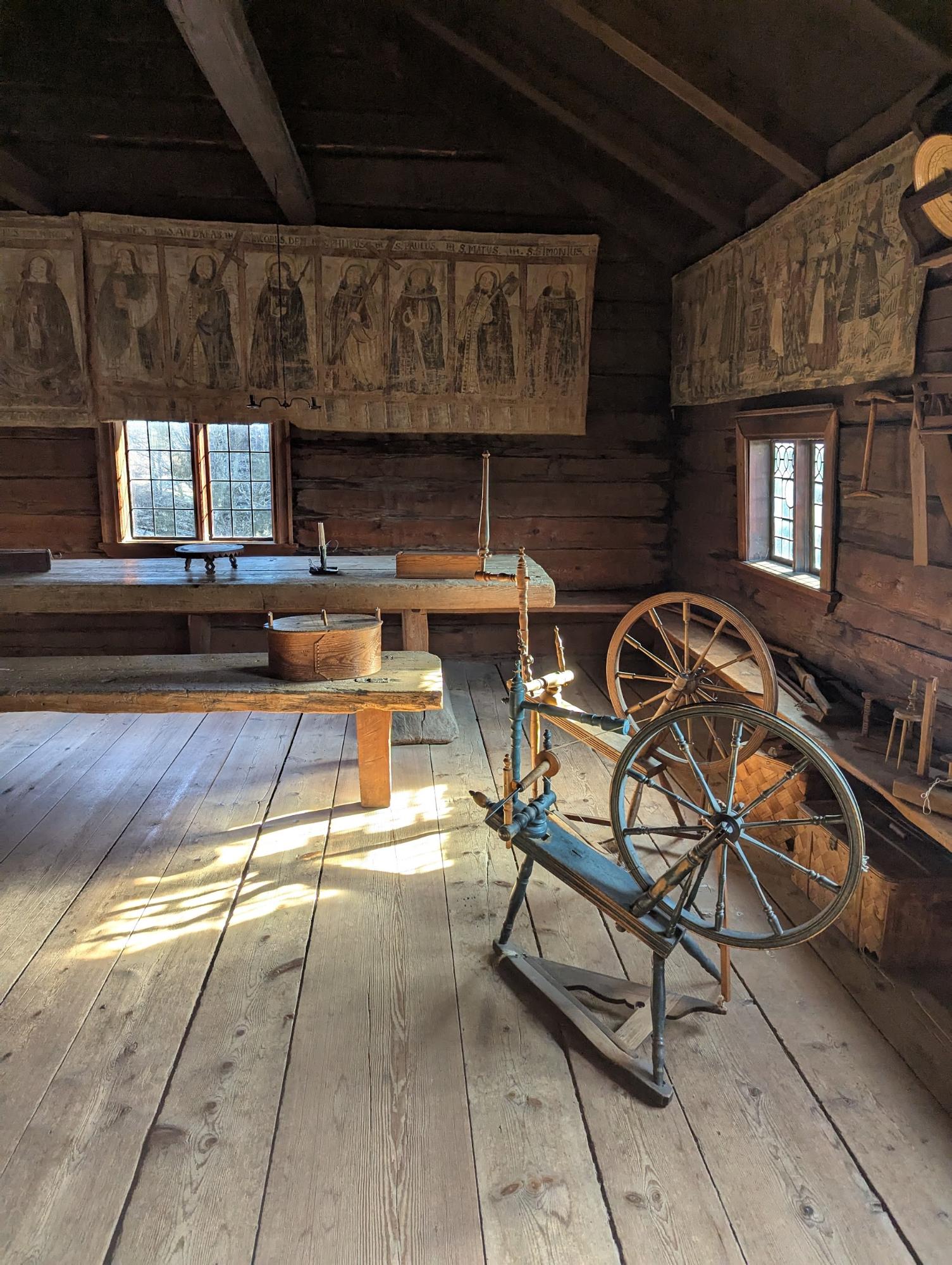
This region of Sweden is also rich in lovely buildings. One of my great loves is the amazing and diverse ways our opposable-thumbed primate species makes shelter. I'm not so interested in the rigid foam, concrete slab, HVAC houses of modern times, but in houses that, like a dialect, are unique to a place and reflective of the ecosystem on which they stand.
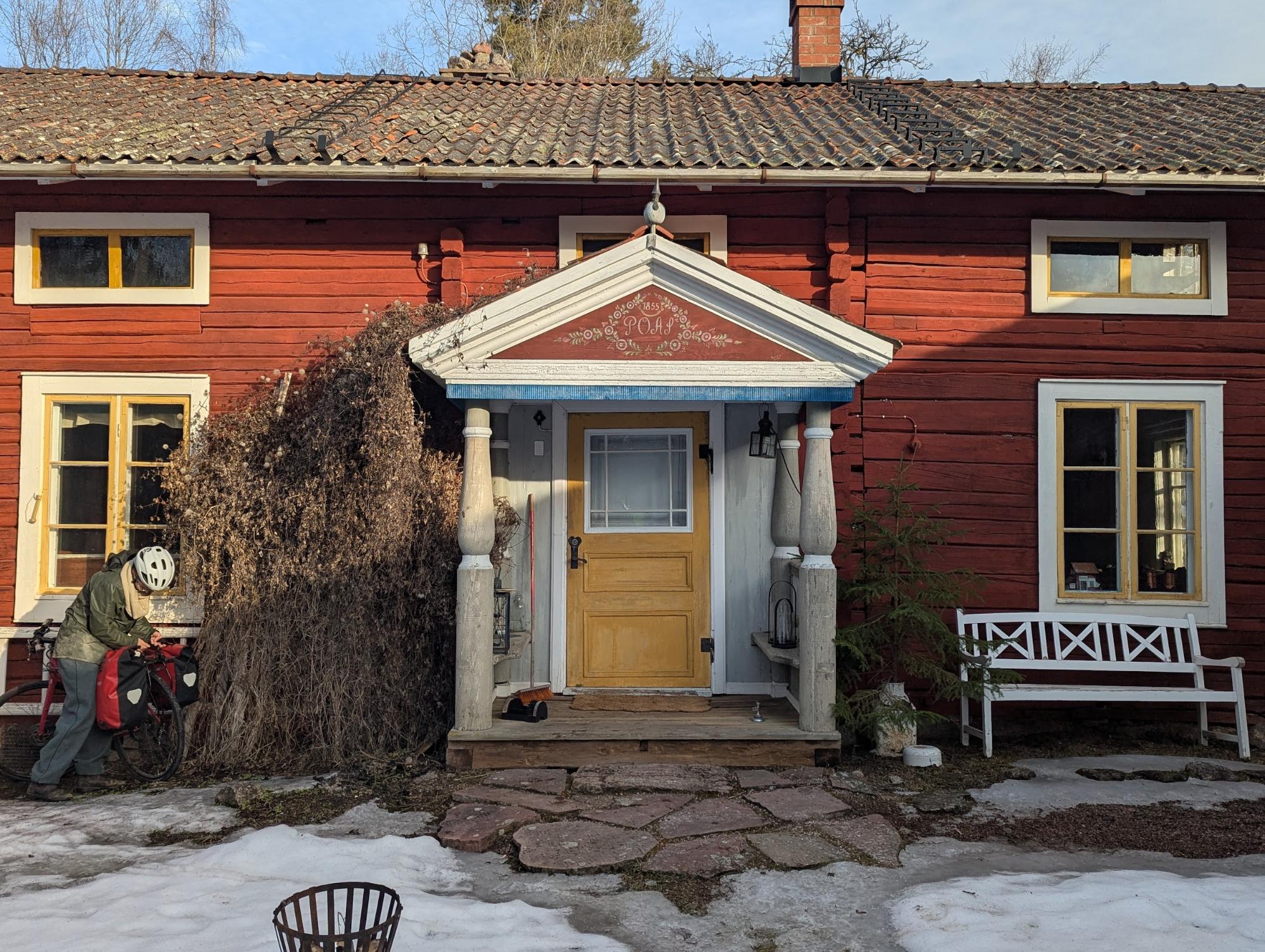
The traditional homes in Dalarna are mostly made from the same few bioregionally available materials: hand-hewn pine, stone, clay, birch bark, perhaps some bricks, a bit of iron. The configuration of these, often subtle and easily missed by an outsider like myself, gives homes their village identity, such as the way the chimney bricks are arranged, the fancy iron hinges on the doors, the floral paintings above the entryway, window details, and so much more.

While there certainly are plenty of really old houses around that are still being lived in, the more ancient buildings that exist in Dalarna are the storehouses.
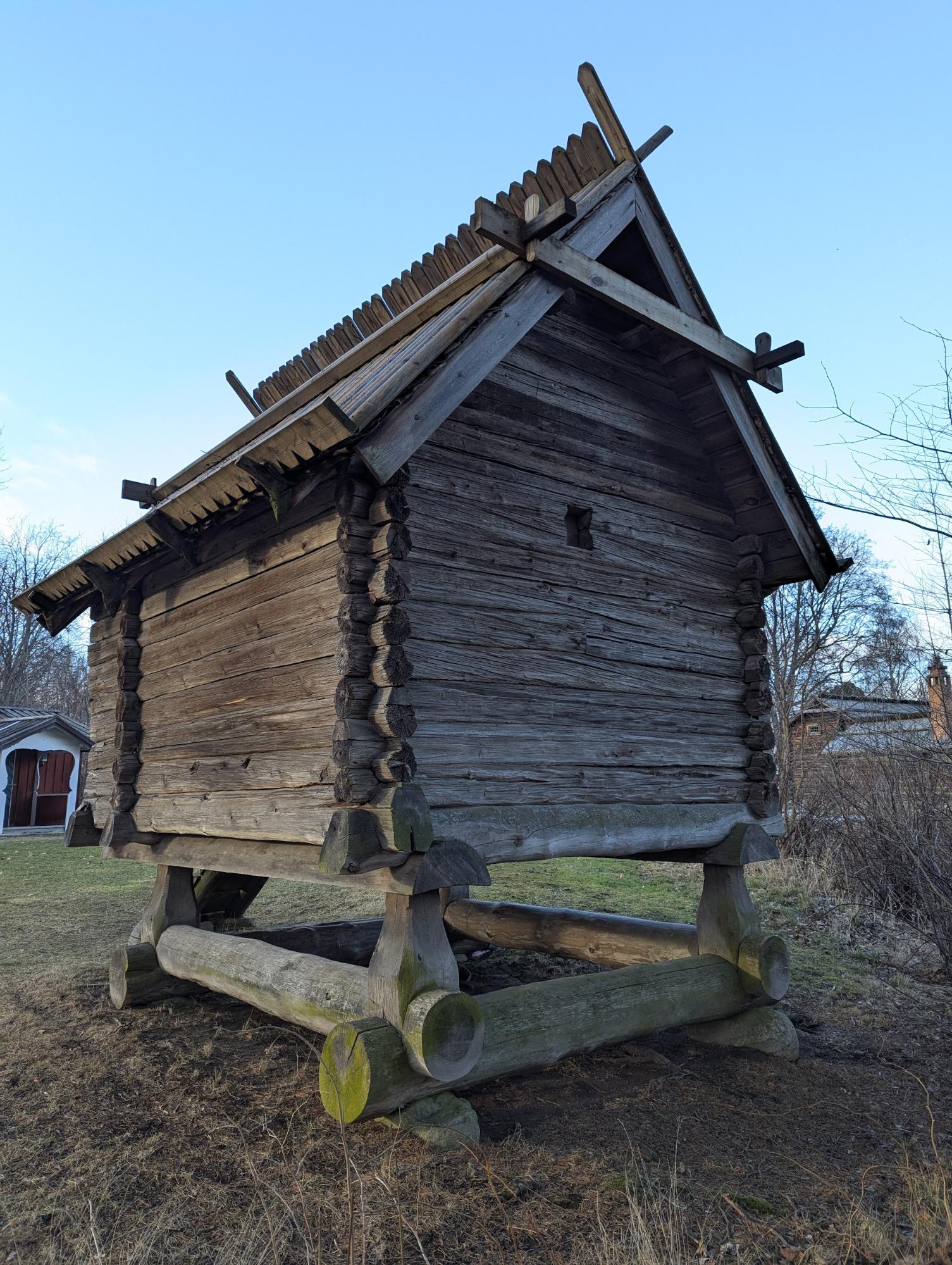
There are thousands of storehouses like these, often in the compounds of old homesteads, some dating to the early 16th century! People who have them on their farm use them as sheds or convert them into tiny guest cottages. Many towns have little collections of them in public open-air museums that have been saved and moved there.
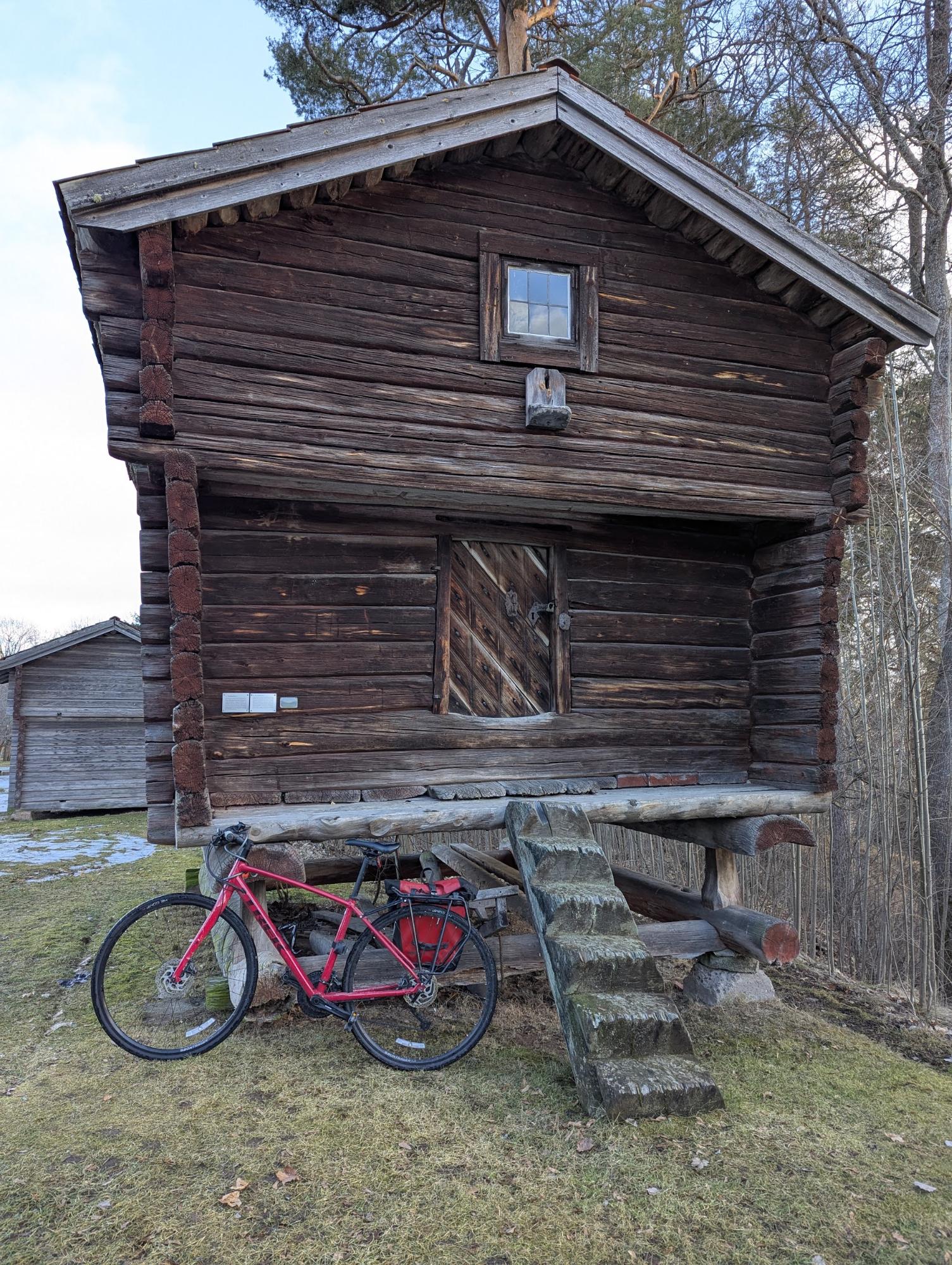
The two split pine log beams on the storehouses prevented rodents from climbing to the structure and pilfering the grain. When these were in active use, a removable ladder or hanging step above mouse jumping range was also used.
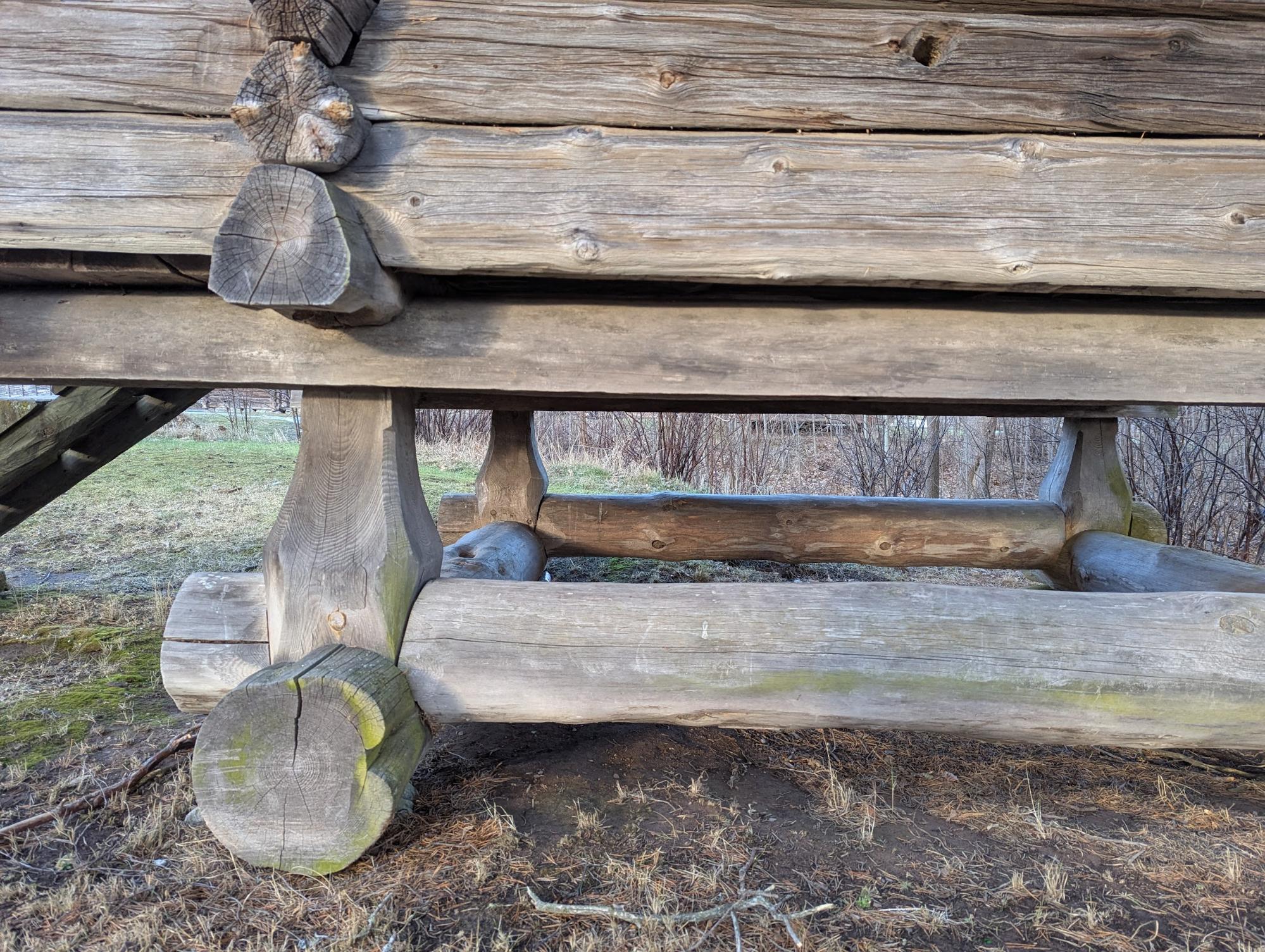
Nearly all of the old storehouses and homes have big, fancy hinges and wrought iron locks on the doors. Many people still have the huge, forged iron keys which, after three centuries, they still use to lock up at night!
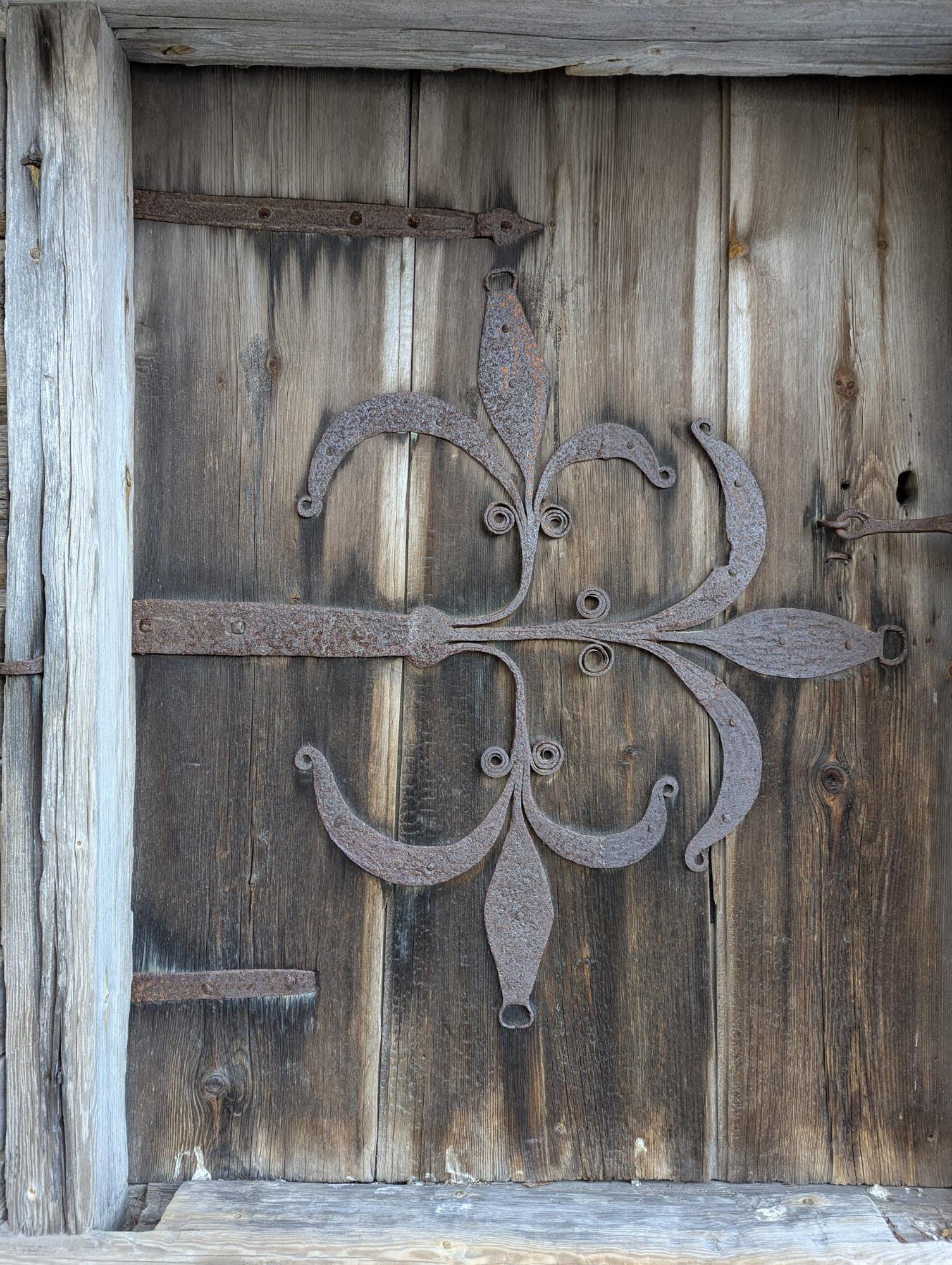
Traditionally, the most common form of roofing in this region was birch bark sheets carefully laid in two overlapping layers and weighted down with split poles. In some areas sod is used to secure the birch bark. I was told that a well-made and maintained birch bark roof will last at least a century, and in some instances have been known to last much longer. As far as I'm aware, birch bark roofs are the longest-lasting plant-based roofing material in the world.
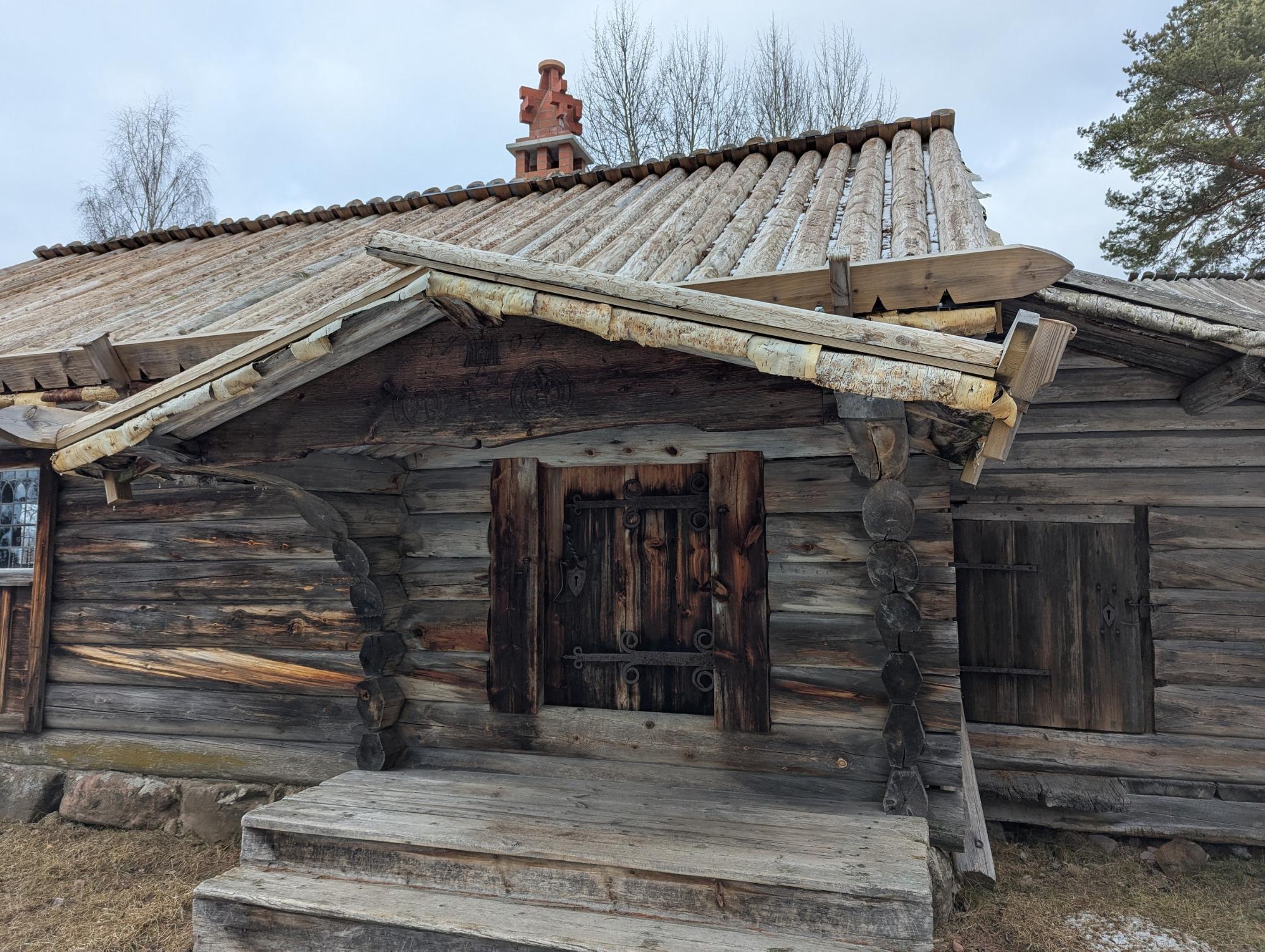
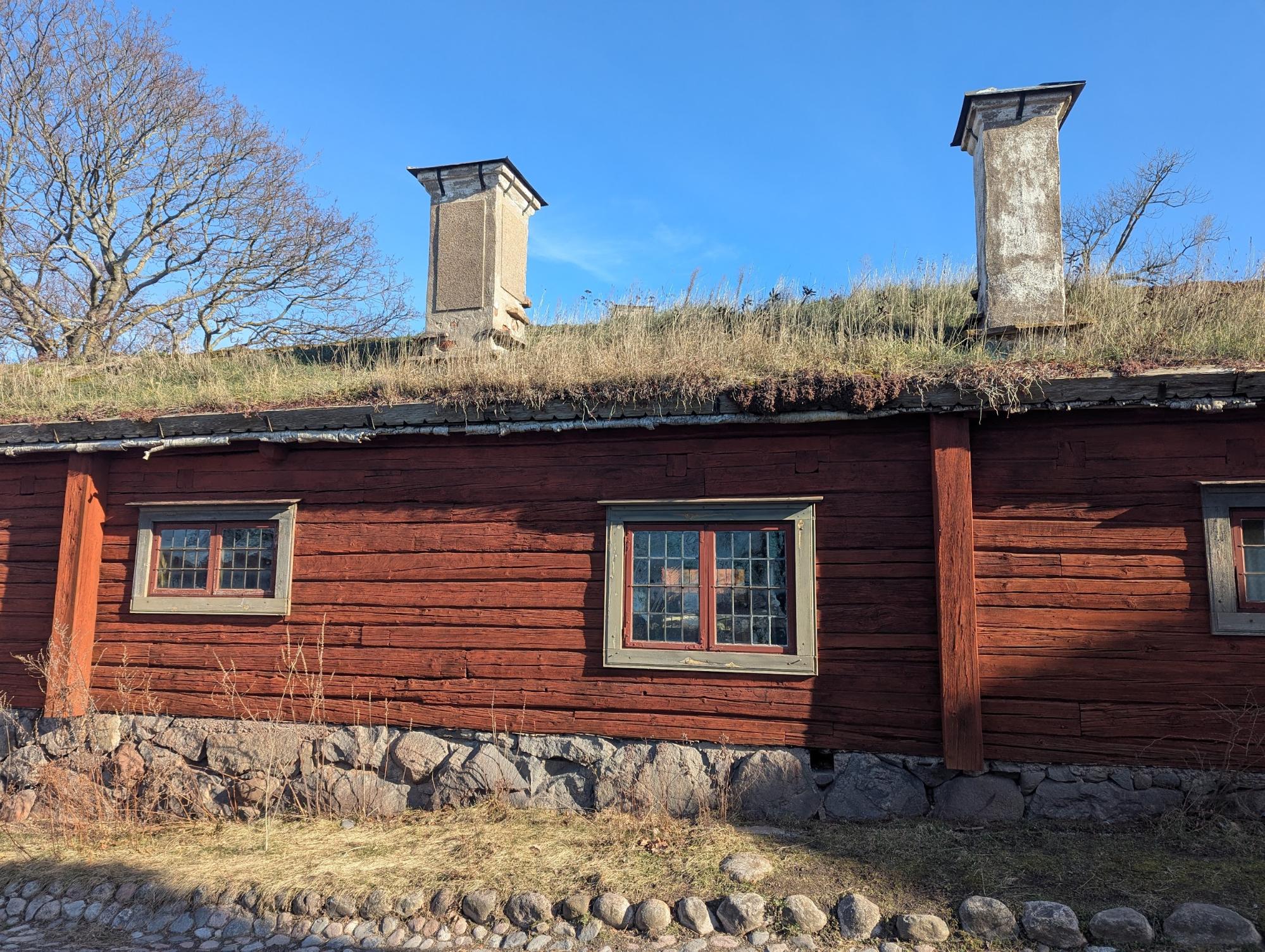
A great majority of the houses in the Dalarna region are painted beautifully red, with many subtle shades represented. To me, it makes the villages seem cohesive. The occasional house painted white or, God forbid, a flashier color is shocking and a sorry sight and makes one (i.e., me) wonder if they are trying to prove something.
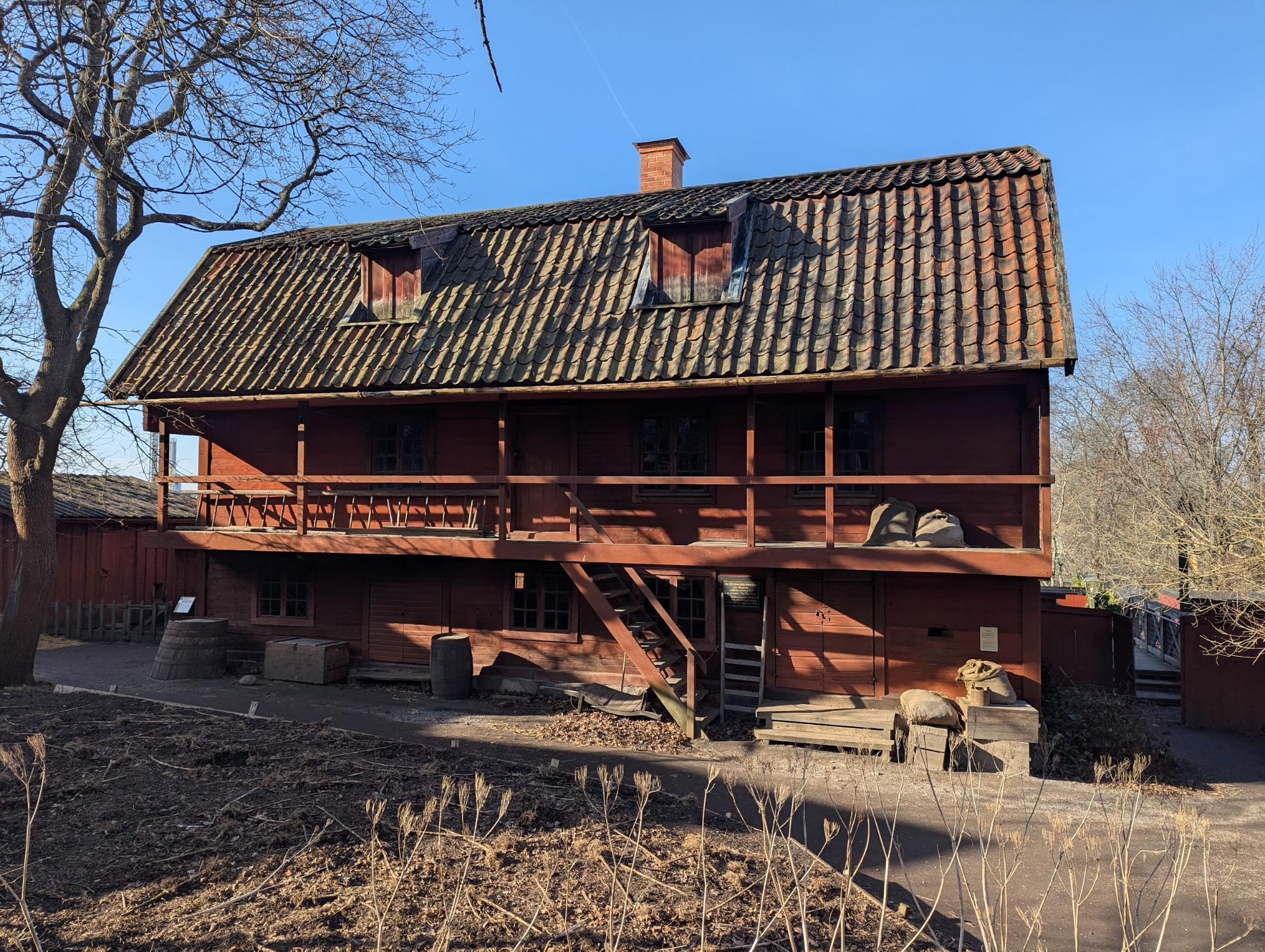
The red flour-based paint has been used for centuries and is the iron oxide byproduct of a huge copper mine in the biggest town in the region. The Falun mine dates back to the tenth century and supplied Europe with much of its copper before industrialization.
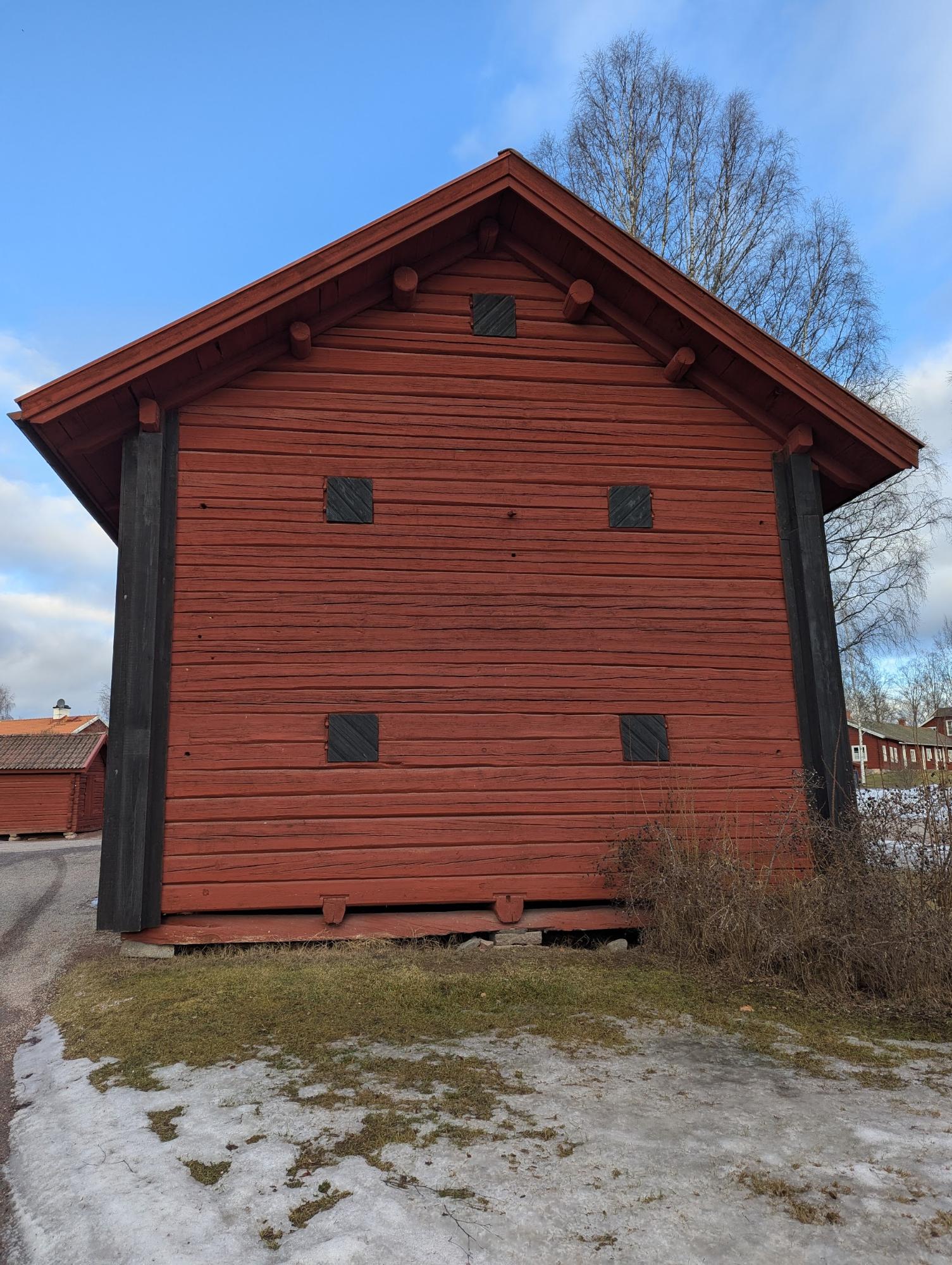
With the exception of the very old homes, most of the houses have clay plaster on the timbered walls on the inside to seal the cracks and keep out the draft, usually covered in wallpaper.
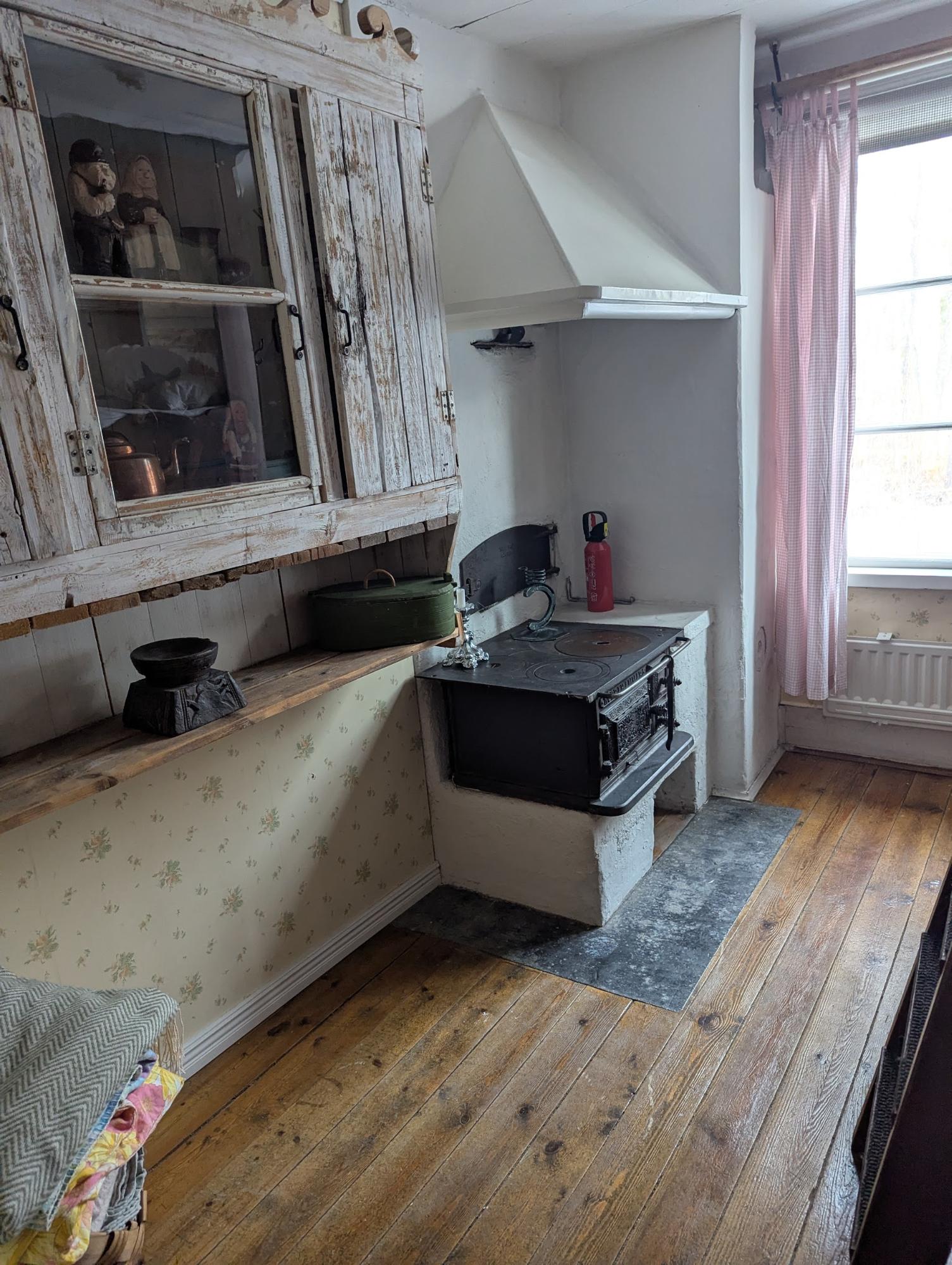
In the photo above is a cookstove and masonry oven in a bedroom (specifically a bedroom with built-in bunkbeds!) of a mid-19th-century home that I stayed in. This house had another bigger cook stove in the kitchen, as one might expect, but surprisingly also had traditional, hand-carved bunk beds in the kitchen as well! Many of the cook stoves are nice and low to the ground.
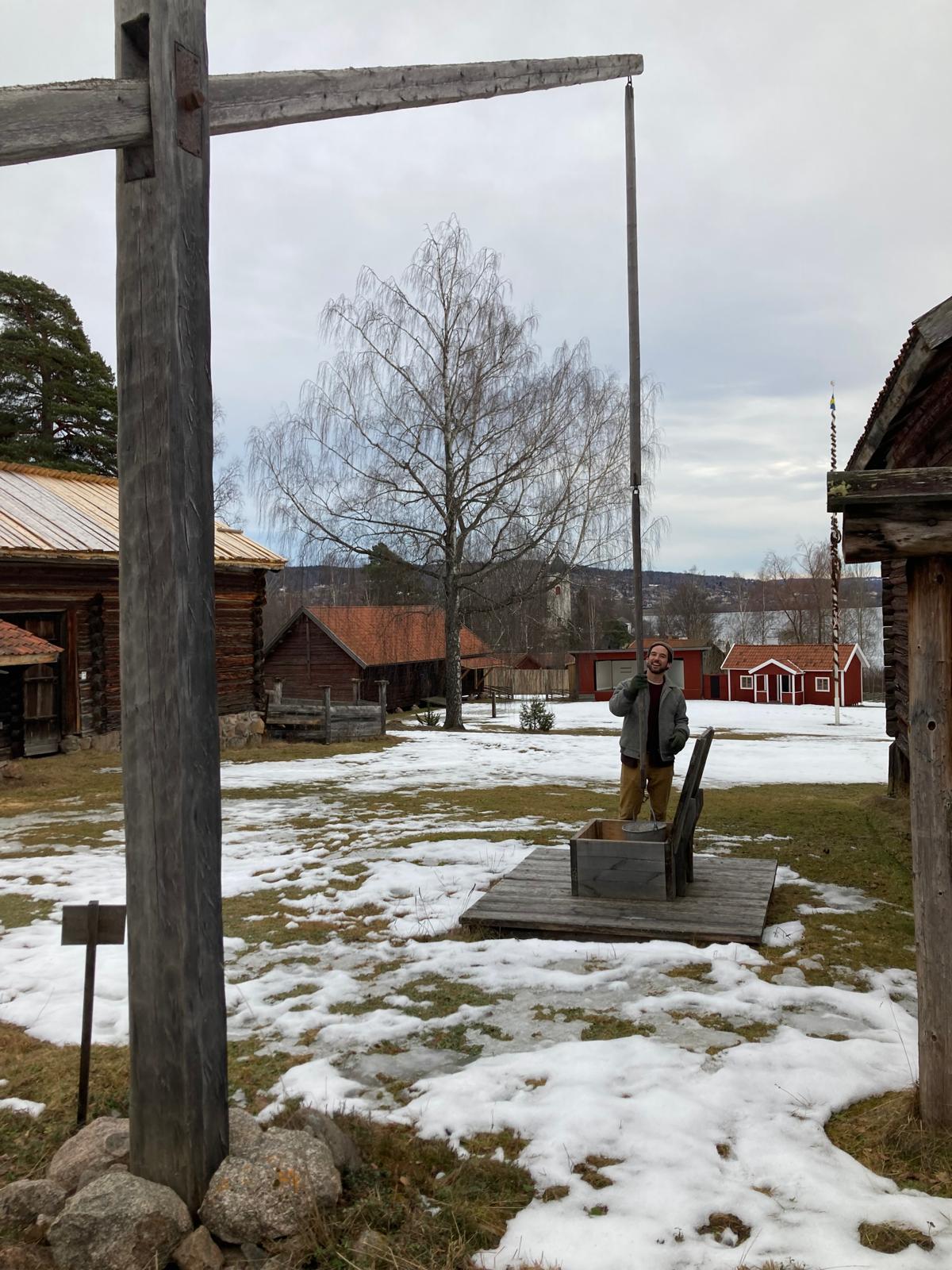
A common old technology found the world over is the well teeter-totter, a large counterweighted device for pulling water up from a well. It effectively cuts the amount of exertion needed to lift a heavy bucket of water in half by dividing it into two actions, using half the work to push the empty bucket down into the well, and the other half to lift the full bucket back up. I was excited to see a few of these in Sweden and fully intend to build one someday!
